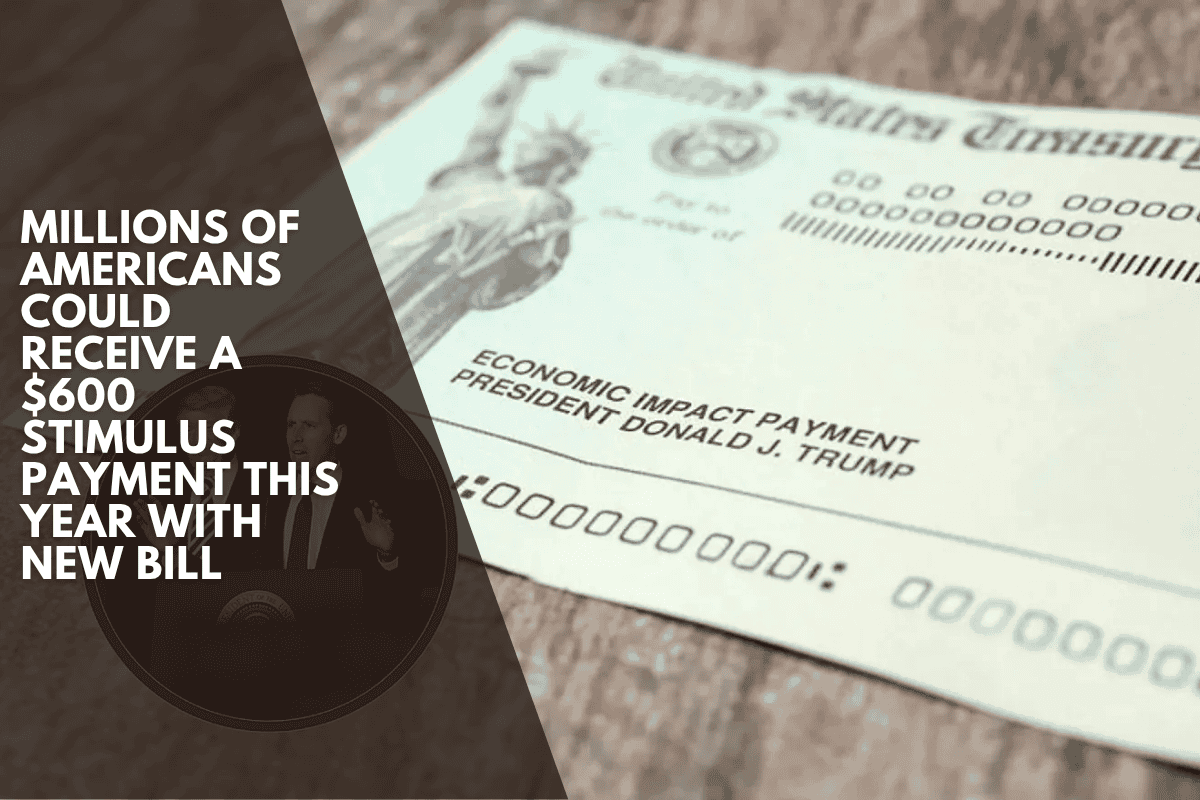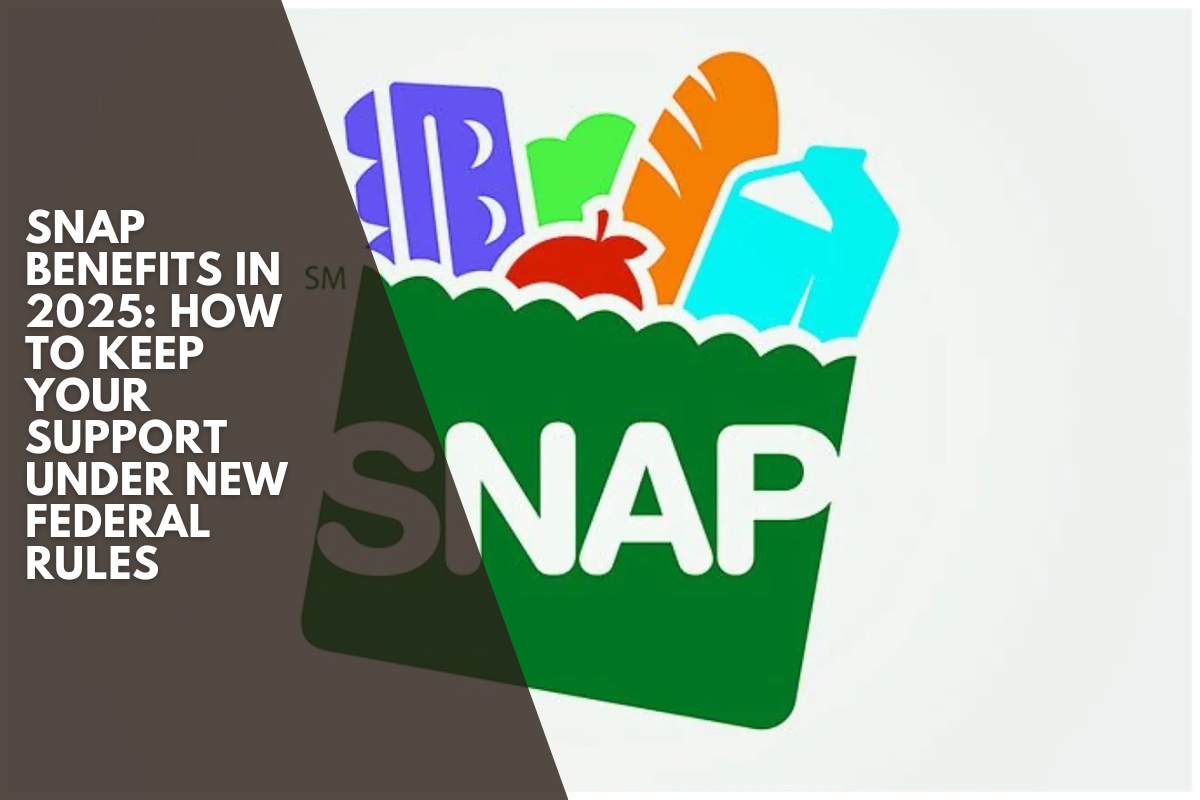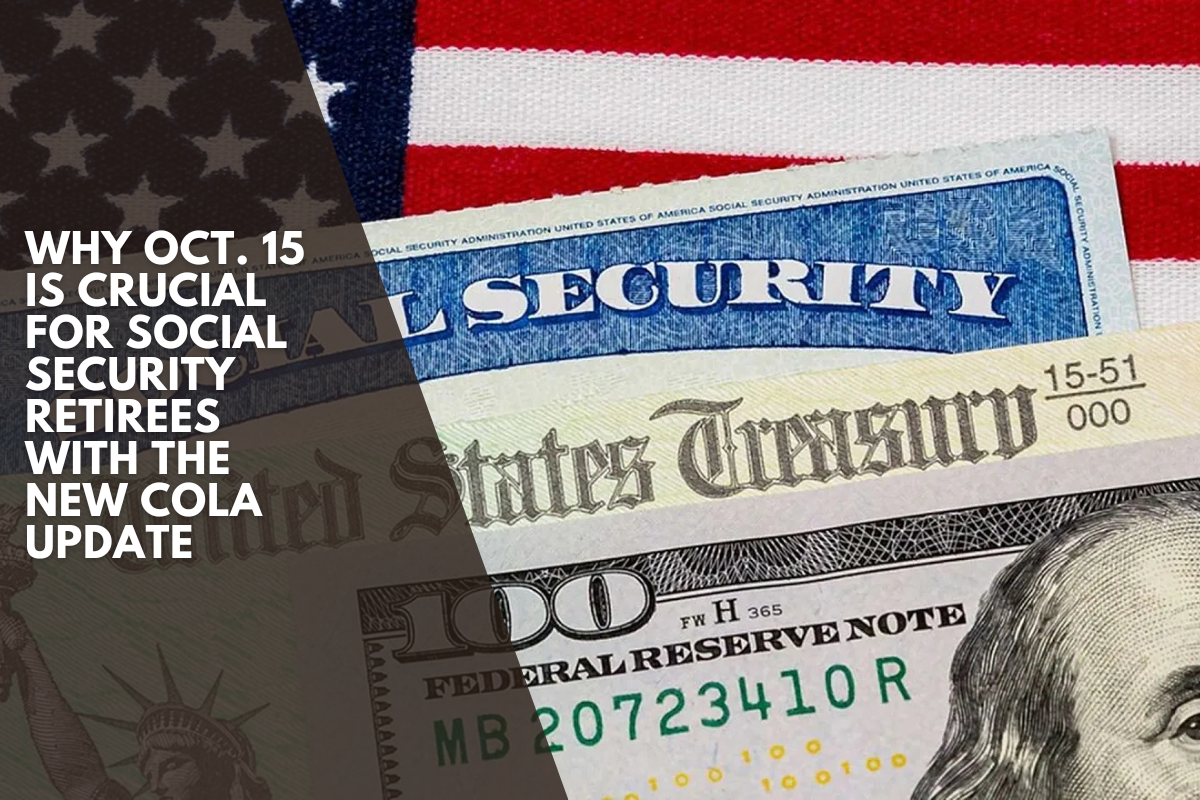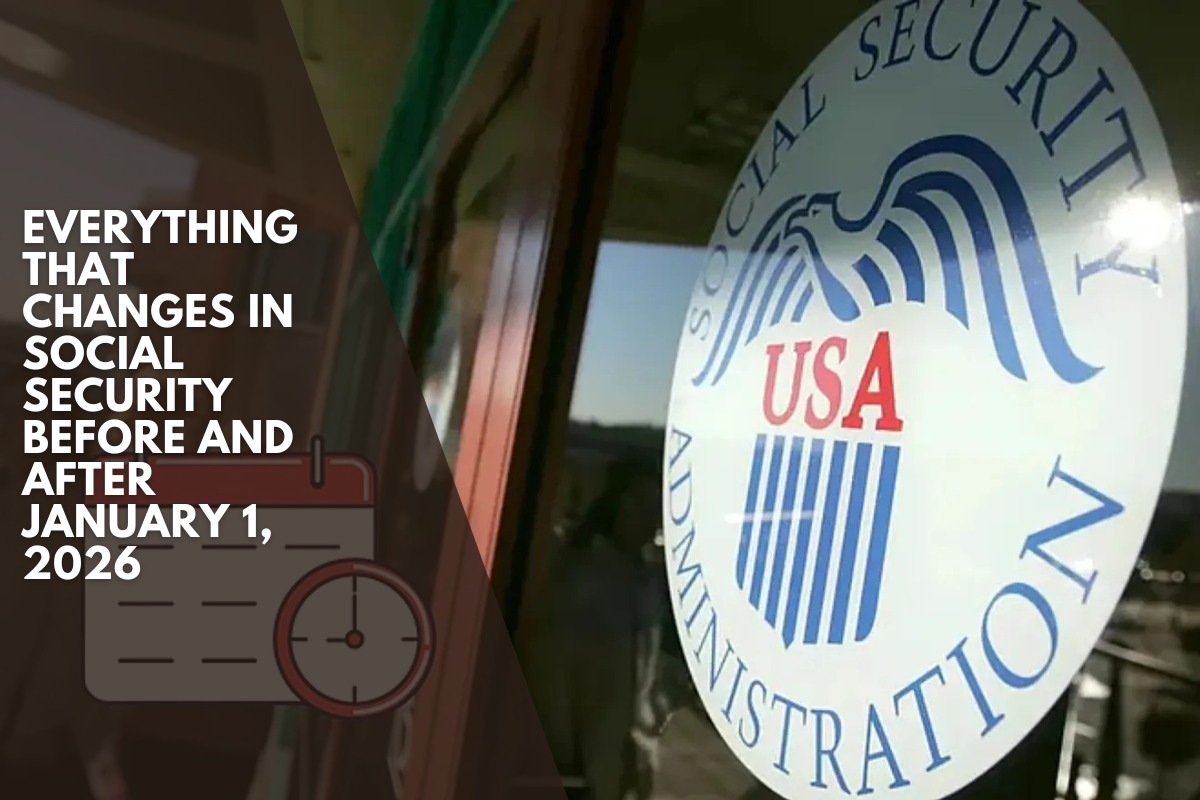A new bill in the United States may provide financial relief to millions of citizens who have been impacted by the country’s economy.
Republican Senator Josh Hawley has proposed establishing a tariff rebate check program with the goal of directly returning to workers and their families some of the wealth generated by the previous administration’s customs duties.
The Reimbursement for American Workers Act promises to pay at least $600 per adult and dependent child, similar to the direct payments Congress made during the COVID-19 pandemic in 2020.
The initiative comes amid discussions about the impact of economic policies and aims to provide a capital injection to households by tapping into tariff revenues.
“Americans deserve a tax break after four years of Biden’s policies that have wiped out families’ savings and livelihoods. As President Trump proposed, my legislation would allow hardworking Americans to benefit from the wealth that Trump’s tariffs are bringing back into the country,” Hawley said in an official statement.
What are the main points of this new bill?
Provide a tariff rebate check this year to American workers and families.
Ensure that the refund amount is at least $600 per adult and dependent child.
Allow for a larger credit per person if tariff revenues exceed current projections for 2025.
What are the restrictions for the $600 stimulus payment?
The only restriction imposed by this new bill is a 5% reduction in the refund for people who file taxes jointly and have an income greater than $150,000, a head of household with an income greater than $112,500, and an individual with an income greater than $75,000.
Who could receive this $600 stimulus payment?
While the project has yet to be approved, the statement claims it will benefit American workers and families.
There are no specifics yet, but lower-income individuals and families would receive the entire payment, while higher-income individuals and families would receive a 5% reduction.












